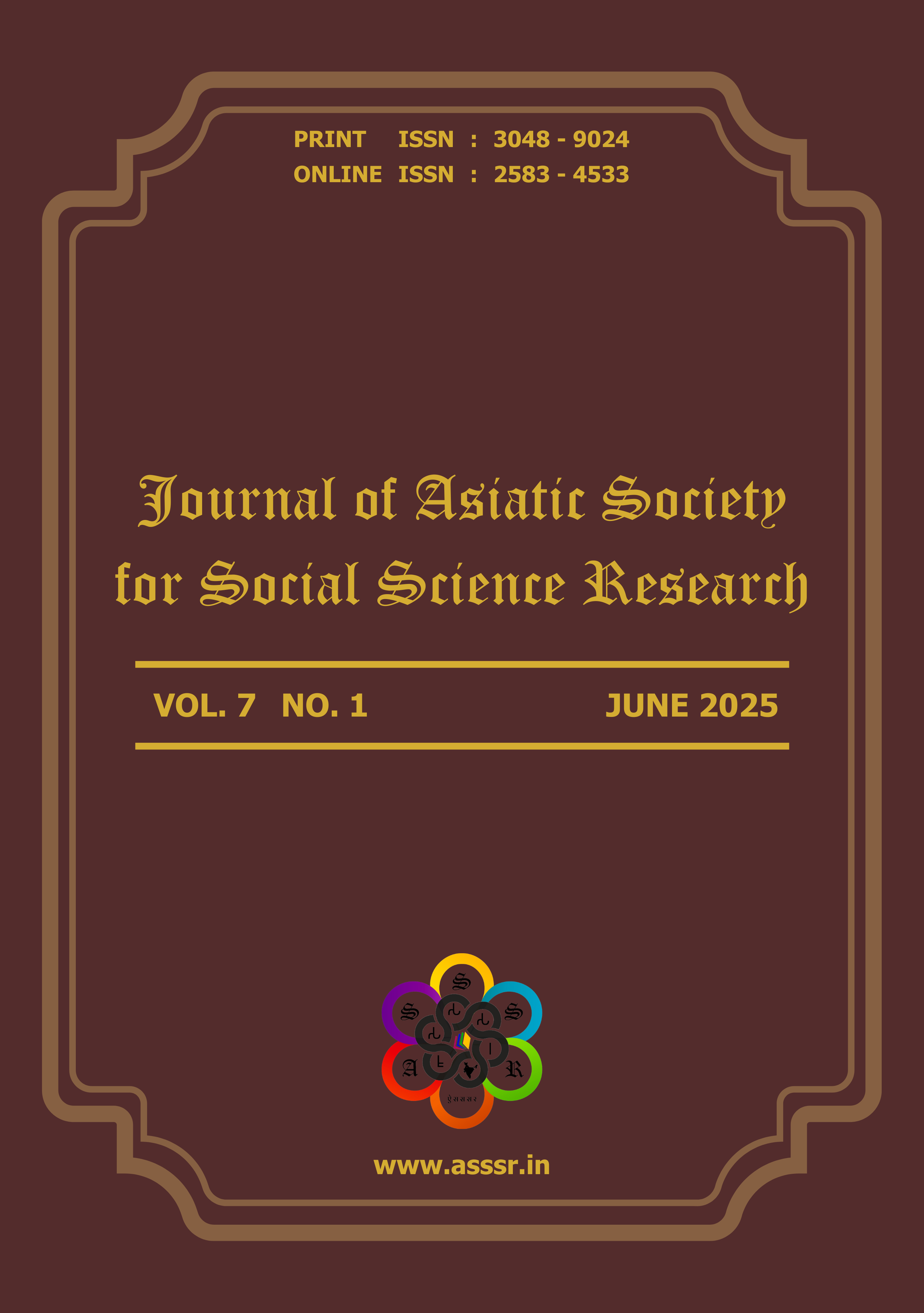The Evolution of Pottery
A Reflection of Social, Economic, and Scientific Development
Keywords:
Pottery, Ancient Trade, Metallurgy, Archaeology, Material CultureAbstract
This article explores the historical evolution of pottery, tracing its development from the early Neolithic period to modern times. It examines pottery not merely as a utilitarian craft but as a crucial marker of technological innovation, economic systems, social organization, and cultural symbolism. The discussion highlights the invention of the potter’s wheel, the rise of Northern Black Polished Ware (NBPW) in ancient India, and the transition towards metallurgy. It also analyzes how pottery facilitated the growth of trade networks and served significant roles in religious and ritual contexts. Even in the modern era, pottery remains relevant through industrial ceramics and traditional craftsmanship. By investigating pottery’s material, technological, and symbolic dimensions, this article demonstrates that pottery is not just about objects — it is a profound narrative of human creativity, adaptation, and cultural continuity across millennia.
Additional Files
Published
How to Cite
Issue
Section
License
Copyright (c) 2025 Journal of Asiatic Society for Social Science Research

This work is licensed under a Creative Commons Attribution-NonCommercial-NoDerivatives 4.0 International License.
All right reserved.


